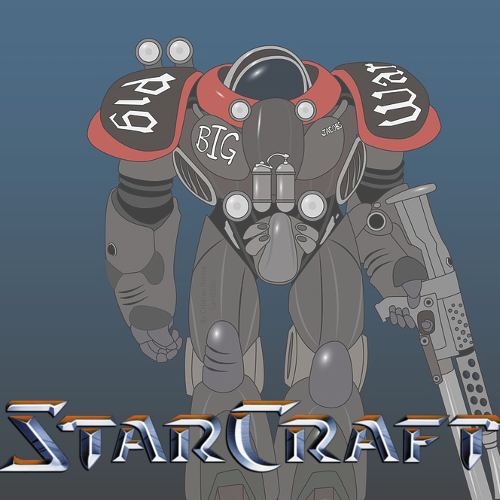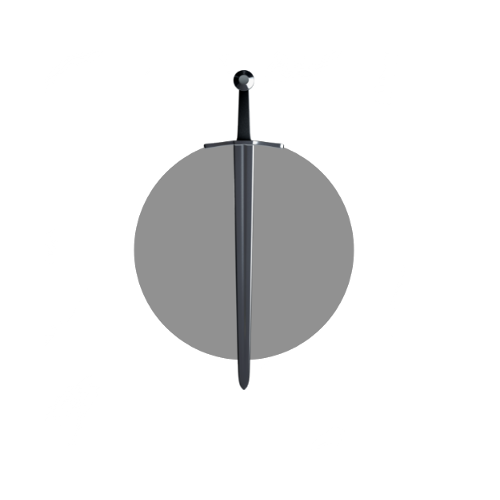Improv 06: Running the Encounter
You’ve built the encounter - now what? What you do next can really sell the idea that you’d planned this all along, even if you just pulled it out of hammerspace.
QQ&A: Simulating Stupidity
Today, I share a simple algorithm I often use when running encounters. It mixes up the fights and (usually) lets the players feel smart, cool and professional.
The Story of Starcraft Part 7: The Terran Campaign
It’s time for a quick overview of the SC1 Terran campaign’s story. What was it trying to say? Did it succeed in saying it?
Deleted D&D
Sometimes comedy cuts to the truth. I’ve talked about the mental health benefits of D&D before, but this sitcom episode does a better job of showing it. At least, it used to, before it was deleted by cowards.
Unlocking psychological warfare
Psychological warfare in D&D isn’t great, boiling down to just a few basic skill checks and spell saves. That’s because GMs need to add this before it can work.
Improv 5: Getting Personal
This is Step Four of my encounter improv process, where we add yet another layer of fun and uniqueness.
QQ&A: Balancing a party
What does a GM need to do to balance a party? Depending on the situation, either something or nothing. Here’s how to tell the difference.
The Story of Starcraft Part 6: The Terran Characters
The Starcraft Retrospective continues. This week’s theme? How to say a lot by saying a little.
The Story of Starcraft Part 5: The Terran Units
Part 5 of the Starcraft retrospective and we still haven’t talked about the campaign story yet. Did I misname this series as a hilarious prank? Maybe!
Playing to learn who you are
Games aren’t just games, just as stories aren’t just stories. I can’t tell you their full benefit - only why I love to run them so much.
What a weird island and a Depression-era supernatural battle can teach you about character design
Intelligence isn’t random. Bad writers try to make their aliens exotic behind a layer of randomness, but you can usually smell that on them. The AMAM Model is a better approach.
Improv 4: Enemies and Hazards
We’re up to Step Three of my simple encounter improv process. If you want to slash your prep time and respond on the fly, then check out this next chapter.
QQ&A: Dealing with attention hogs
D&D is a social game, so what happens when one person sucks all the attention (and maybe even air) from the room?
The Story of Starcraft Part 4: Characters in RTS Games
How do you add characters to an RTS game? This early in the genre, there was the bad way and the really bad way. Naturally, Starcraft went for both.
GM = Game Meditation?
Yet another reason I prefer running games to being a player: you can’t beat the spiritual transcendence.
3 DIY Disasters
Want to build your own catastrophe? Something that spans kingdoms and will really mess things up? Here’s how Footprints can help.
Improv 3: How the encounter feels
More about my process for improvising encounters. This time, we’re talking about the feel and vibe of the encounter.
QQ&A: Playing as the Secret Service
Want to put the party on protection duty? Here’s how to stop it being a boring, passive wait for the action to come to them.
The Story of Starcraft Part 3: Writing on the Game
Part 3 of my Starcraft retrospective. How do you tell a story in an RTS? The thing is, you can’t not - it’s only a question of how well you do it.
The Drizzt Card is bad worldbuilding
Monocultures in fiction are boring and unrealistic, and they don’t serve the game well. So why not have an NPC who goes against the grain? Uh, here’s why.




















